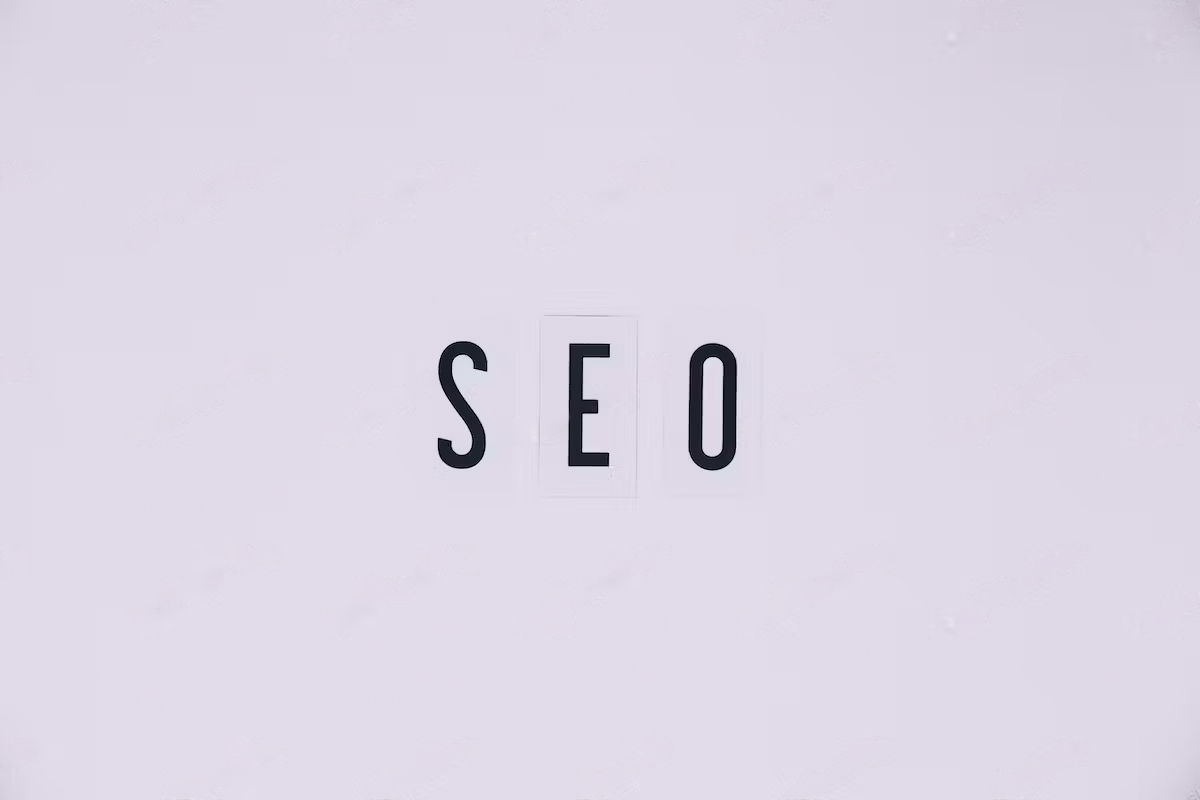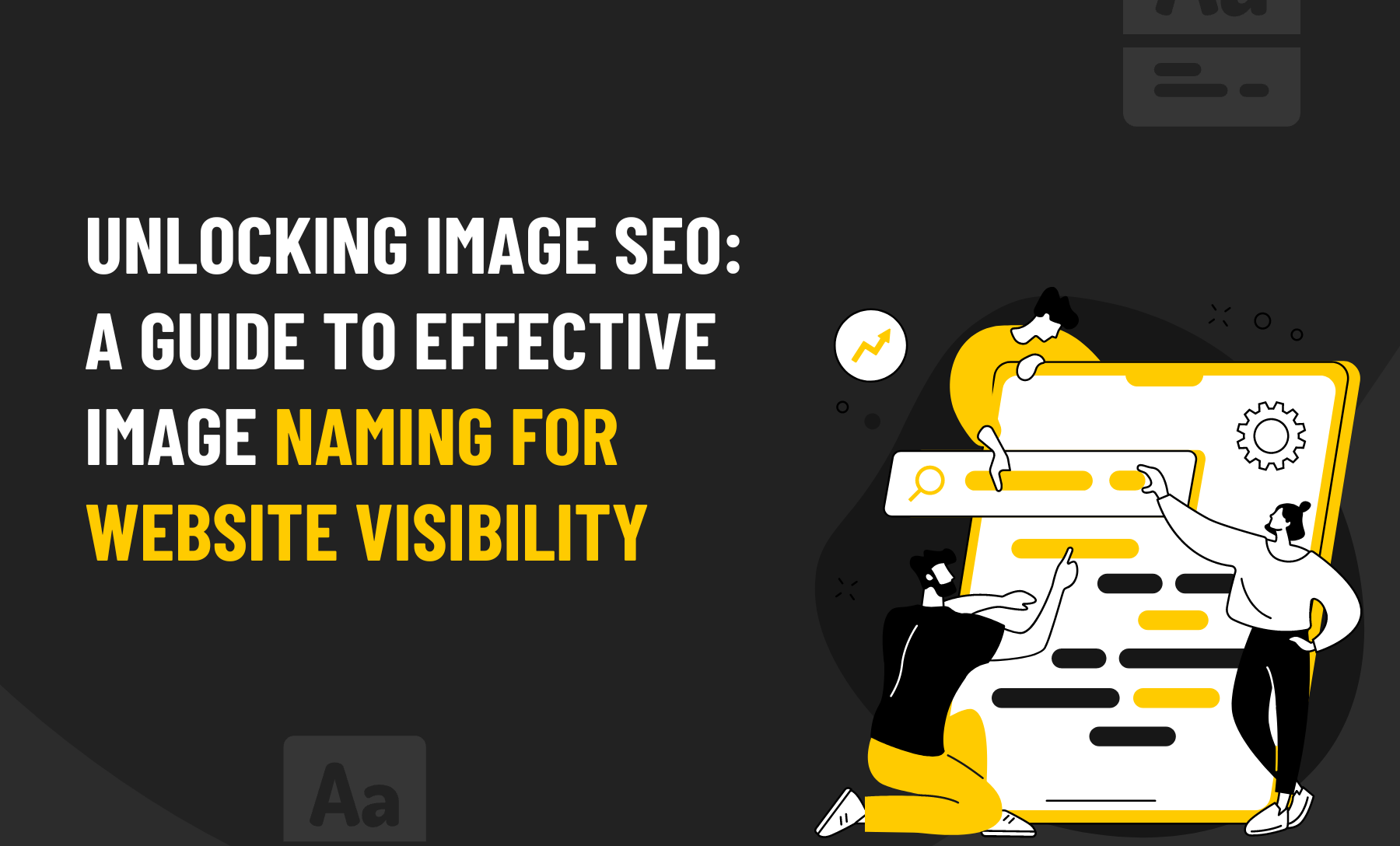The visibility of your website in search results depends heavily on images when it comes to search engine optimisation (SEO). While most businesses focus on optimising their website’s content, they often overlook the importance of optimising their images.
Image optimisation involves several techniques, such as compressing image size, adding descriptive alt text, and, most importantly, naming images for improved search visibility.
In this blog, we’ll delve deeper into the importance of image optimisation for SEO and discuss the significance of naming images for improved search visibility. We’ll also offer tips and best practices for naming images that can help boost your website’s SEO performance and drive more organic traffic.
Why Image Names Matter For SEO
One of the most important factors in image optimisation is the name you give to your images. Images are an important part of any website, as they help to make the content more engaging and visually appealing for users. However, many website owners fail to realise that images can also be crucial in search engine optimisation (SEO).
How you name and optimise your images can directly impact their performance in search engine results pages (SERPs) and, ultimately, how much traffic your website receives. Using descriptive, keyword-rich image names makes it easier for search engines to understand what your images are about and how they relate to the content on your website.
This, in turn, can help your images rank higher in search results, driving more traffic to your site and increasing your visibility online.
Best Practices For SEO Image Naming

When optimising images for SEO, the file name is an important factor. Here are some best practices for naming images for SEO:
Be Descriptive
Give your images descriptive names that accurately reflect what they contain. Avoid using generic names such as “image1.jpg” or “picture.jpg”.
Use Relevant Keywords
Incorporate relevant keywords into your image file names to help search engines understand what the image is about. However, do not overdo it by stuffing too many keywords into the name.
Use Hyphens To Separate Words
Use hyphens to separate words in the file name, as search engines read hyphens as spaces. This does reading and understanding the file name easier for search engines.
Keep File Names Short
Keep image file names short and sweet. A good rule of thumb is to keep it under 50 characters.
Use Lowercase Letters
Always use lowercase letters in file names, as search engines are case-sensitive.
Avoid Using Special Characters
Avoid using special characters such as underscores, brackets, or other symbols in your file names, as search engines may not recognise them.
Following these best practices for naming images for SEO can improve your search visibility and help your images rank higher in search engine results pages.
Tips for Optimizing Image Alt Text

Alt text is the textual description of an image displayed in place of the image when it cannot be loaded. Optimising the alt text of your images can help improve the accessibility of your website as well as its search engine optimisation.
Here are some tips for optimising image alt text:
- Be descriptive: Alt text should accurately describe the associated image. Use descriptive language that conveys the content and purpose of the image.
- Include keywords: Incorporate relevant keywords into your alt text, but ensure they are used naturally and appropriately. Avoid keyword stuffing.
- Keep it concise: Alt text should be short and to the point, typically no more than a sentence or two.
- Don’t duplicate image titles: Alt text should not be a copy of the image file name or title. Instead, it should provide additional information not conveyed in the title.
- Use proper punctuation: Alt text should be properly punctuated and grammatically correct.
- Avoid using “image of” or “picture of”: These phrases are unnecessary for the alt text as they are already assumed to describe an image.
- Consider the context: Alt text should be written with the webpage’s context in mind. Ensure it fits in with the surrounding text and provides additional context for the image.
Common Mistakes To Avoid When Naming Images For SEO
When it comes to optimising images for SEO, there are several common mistakes that web admins should avoid. Some of them include the following:
- Using generic file names: Don’t settle for the generic file names your camera or phone assigns to images. Instead, be descriptive and use keywords in the file name that describe the image’s content.
- Keyword stuffing: While using keywords in your image names is important, avoid overdoing it. Keyword stuffing can hurt your SEO efforts and make your site appear spammy.
- Ignoring alt text: Alt text is an important part of image optimisation, as it tells search engines what the image is about. Include alt text that accurately describes the image and uses relevant keywords.
- Using special characters: Avoid using special characters, symbols, or spaces in your image names. Stick to alphanumeric characters and hyphens to ensure the file name is easily read and understood.
- Not considering the context: When naming images, it’s important to consider the context of the page or post on which it will be used. Use descriptive file names that make sense in the context of the page’s content.
Tools For Optimising Image Names And Alt Text
Several tools can help with optimising image names and alt text for SEO. Here are some of the most popular ones:
- Yoast SEO: This is a popular SEO plugin for WordPress, including a feature for optimising image alt text. It allows you to set default templates for alt text based on the image filename, post title, and other variables.
- SEMrush: This is an all-in-one SEO tool with an image optimisation feature. It can help you identify missing images or alt text that needs improvement.
- Google PageSpeed Insights: This tool from Google can help you identify images that need optimisation for faster page loading times. It also provides suggestions for optimising image names and alt text.
- Adobe Photoshop: If you’re using images you’ve created or edited in Photoshop, you can use the built-in “Save for Web” feature to optimise the image file size and rename the file with relevant keywords.
- ImageOptim: This is a free tool for Mac users to optimise image file size without sacrificing image quality. It can also remove unnecessary metadata from image files, which can help with SEO.
Using these tools, you can optimise your images for search engines and user experience.
Conclusion
Optimising images for SEO can significantly impact your website’s search visibility and, ultimately, traffic and conversions. Optimising alt text and naming images appropriately can improve your website’s relevance and authority.
It’s essential to avoid common mistakes, such as using generic file names and overusing keywords, which can harm your SEO efforts.
Image optimisation plugins and keyword research tools can also help streamline the process and ensure the best results. Start optimising your images for SEO today and take your online presence to the next level.
FAQ
Should I use lowercase or uppercase letters in my image file names?
Using lowercase letters in your image file names is generally recommended, as uppercase letters can sometimes confuse search engines and make it difficult to index and rank the image accurately.
Can I change the file name of an existing image for SEO purposes?
Yes, you can change the file name of an existing image for SEO purposes. However, it’s important to ensure that any existing links to the image are updated to reflect the new file name, to avoid broken links and loss of traffic or rankings.
How many words should I use in my image file names?
There’s no set rule for the number of words to use in your image file names. However, generally, it’s best to keep file names short and simple while providing enough descriptive and relevant information to describe the image content accurately.








